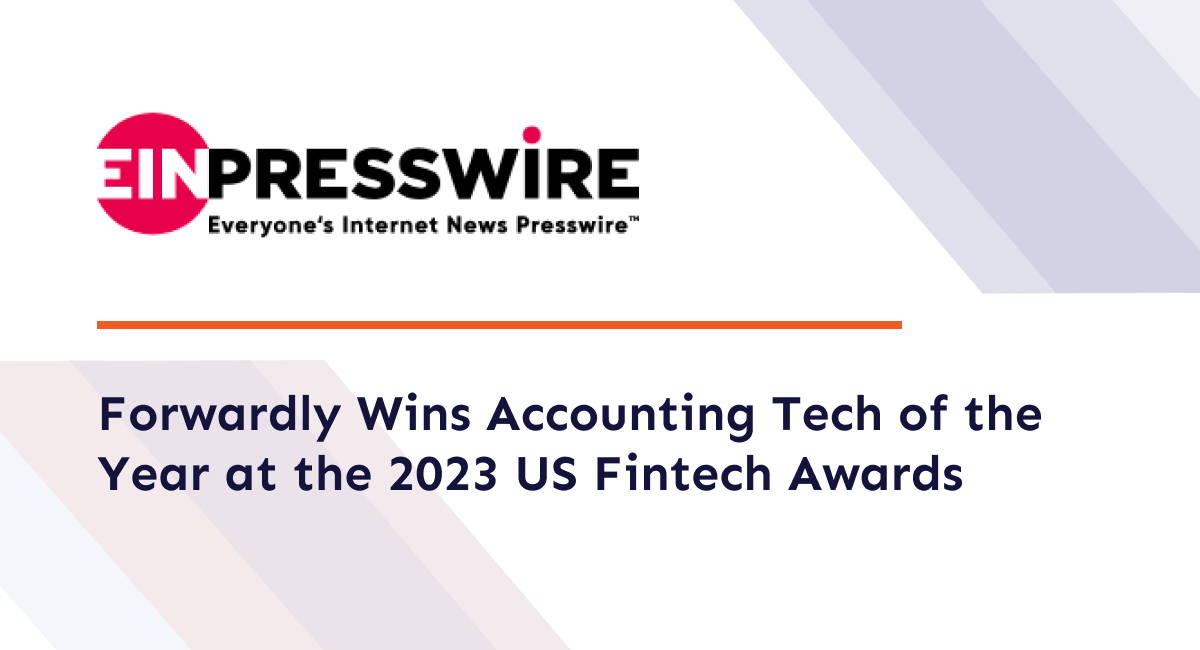Why Predictive Cash Flow Data Is The Future Of Small Business Lending
Originally shared on Forbes.com
By
Nick Chandi is the CEO of ForwardAI, a market-leading provider of historical & forward-looking accounting data for small business lenders.
Have you ever been driving a car and realized you’ve forgotten to check your mirrors? Or not looked at the gas gauge in a few stops? While chances are high that everything will be fine, there’s always a fleeting feeling of fear tied to the uncertainty of not having kept a close eye on something critical to your task. Most new cars have features that anticipate this potential fear by offering smarter gauges that let you know, to the mile, exactly how much further your tank will get you.
In the same way that cars won’t run without fuel, businesses can’t survive without cash flow. And just like with the infotainment systems found in car dashboards, financial technology and what it can do for business is advancing every year. With machine learning becoming common in every industry, it’s unsurprising that it can be used to predict more and more about a business’s potential cash flow. To extend the earlier metaphor, predictive cash flow data is like driving a car and knowing, to the mile, where your tank will get you.
Cash flow means as it sounds: the ebb and flow of cash within a business. In simple terms, positive cash flow means a company is making money, whereas a negative cash flow means a company is losing money. Insufficient cash flow is one of the top reasons a business fails and is a red flag that lenders look for when considering a funding application.
While a short trend of losing money may raise some eyebrows, for many lenders, it is not the immediate dealbreaker you might guess it would be. Nearly 100,000 small businesses in the United States permanently closed in 2020, and many more experienced temporary negative cash flow but were able to survive. Many of the businesses that closed (even temporarily) weren’t necessarily failing, but rather were restricted by health orders, facing supply issues or missing capital to make required renovations or pivot changes.
How are lenders going to make judgment calls on small business lending now that so many have found themselves short-term sufferers of negative cash flow? This is where financial technology firms can step in to help. Machine learning can help traditional business tools do more with historical accounting data and even predict exactly what a business’ cash flow may look like in the future.
Future financial health is a crucial data point for lenders to understand how likely it is that a borrower will successfully complete their loan. Since cash flow is the strongest indication of a company’s continuing viability, it makes sense that projected cash flow would be an important metric for anyone interested in small business loans.
While account statements and tax returns show you the past, predictive cash flow gives you critical insight into a prospective borrower. It’s not guesswork, either. Cash flow forecasting technology is a methodical invention built with innovative technology.
In the past it wasn’t easy, from a technology standpoint at least, to gather and project cash flow. This is no longer the case. There are now many tools that can make the entire process as easy as syncing the tool with accounting software. Some tools go beyond simple projections and offer new progressive data points that can be used by owners and lenders alike for the underwriting process.
Some of the most exciting emerging data points seen in the market include things like:
- Future cash situation.
- Upcoming business challenges, including cash flow gaps.
- Potential monthly inflow/outflow.
- Financial trends.
- Automated accounting and banking data comparison.
A concern some have with predictive data is that forward-looking data can’t be immediately verified by a lender or external auditor. One of the reasons predictive data often goes awry is incomplete or low-quality historical data, which is why the best way to ensure that the data is bad is to improve the validity of the information being used to forecast. Choosing a tool that prioritizes transaction accuracy is important if you’re going to use the information for lending decisions.
Many companies are feeling a pinch right now, which means more potential borrowers than ever. Lenders are finding that FICO scores aren’t enough for their underwriting; there are many more questions that need to be asked or else be considered risky blind spots. Simply put, traditional credit scoring only tells you how reliably someone makes credit payments and doesn’t contain any information about the business’ future ability to make payments.
Pre-Covid-19, many businesses never needed credit or even wanted to use it. But now, with some industries struggling or even shackled by restrictions, many more businesses are now interested in borrowing. Lenders beware; a FICO score will not be a good indicator of a level of financial health that supports loan payments.
The most important thing for any lender is to know if a business is in good financial condition, can pay its bills and has adequate revenue for making payments in the future. All this information can be gathered by using a company’s accounting data, validating it with transactional banking data and using machine learning to make calculated and logical predictions. The best part is, the more we use these tools, the faster we create better and more accurate algorithms.
Forward-looking cash flow data is out there. It’s already the future, so why not take hold and see ahead of time what exactly a client is capable of?
Originally shared on Forbes.com


